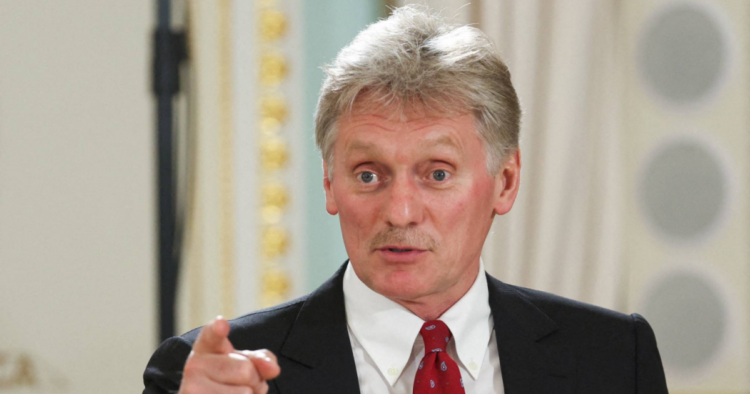On Monday, Kremlin Spokesman Dmitry Peskov stated that Russia would analyze the United States’ recent decision to establish a new military command in Japan. This new command will report to the Commander of the US Indo-Pacific Command.
Peskov emphasized that this issue is primarily for the military to analyze rather than the Kremlin itself. He expressed confidence that a thorough analysis would be conducted.
On July 29, a significant announcement was made in Tokyo by US Defence Secretary Lloyd Austin, US Secretary of State Antony Blinken, and their Japanese counterparts Minoru Kihara and Yoko Kamikawa. They revealed plans to reconstitute US forces in Japan into a joint force headquarters. This headquarters will be based at Yokota Air Base near Tokyo and will report directly to the Commander of the US Indo-Pacific Command.
The aim is to enhance interoperability and cooperation on joint bilateral operations during both peacetime and contingencies. This new joint force headquarters will be led by a three-star officer.
In their joint statement, the US and Japan also highlighted the challenges posed by China’s political, economic, and military actions. They described China as the “greatest strategic challenge” in the Asia-Pacific region and beyond.
Additionally, the US and Japan agreed to explore opportunities for co-producing advanced medium-range air-to-air missiles and Patriot advanced capability-3 ground-based interceptor missiles. These developments are part of efforts to expand production capacity for these advanced weapons systems.
Meanwhile, Russian President Vladimir Putin announced on Sunday that Russia would stop observing its unilateral moratorium on the deployment of intermediate-and shorter-range missiles if the US deploys long-range weapons in Germany. Putin’s statement came during his speech at the Main Naval Parade on the Neva River in St. Petersburg. He warned that Russia would take reciprocal measures in response to the US’s actions.
Earlier this month, Washington and Berlin announced that the US would deploy arms in Germany starting in 2026. This deployment would include Tomahawk cruise missiles and developmental hypersonic weapons, which have significantly longer ranges than current land-based fires in Europe. The White House noted the strategic importance of these deployments.
ALSO READ: “Taiwan Hosts Major China-Focused Summit Despite Beijing’s Pressure on Global Lawmakers”
Putin further warned that the US risked triggering a “Cold War-style missile crisis” with these moves. He pointed out that the flight time of such missiles, which could potentially be equipped with nuclear warheads, would be about 10 minutes to targets in Russia. The Kremlin had previously warned that such deployments would make European capital targets for Russian missiles.
In mid-July, Kremlin spokesman Dmitry Peskov remarked that the world was steadily moving towards a new Cold War, with direct confrontation between major powers becoming increasingly apparent.

















Comments